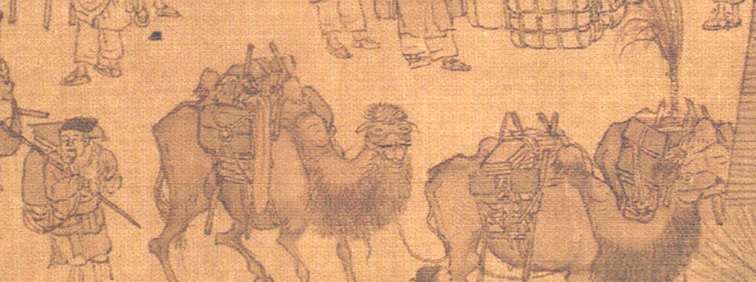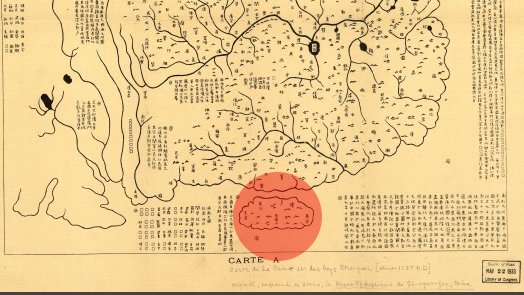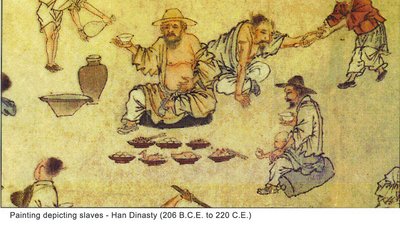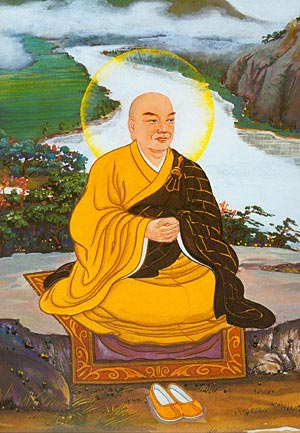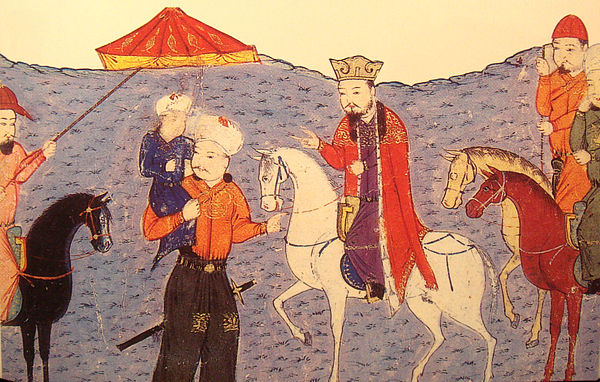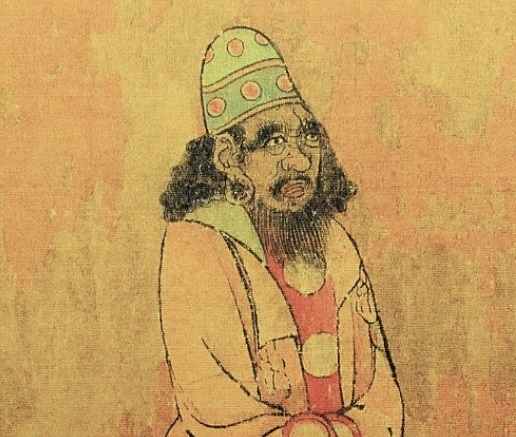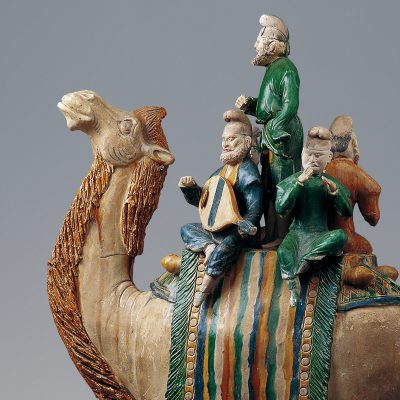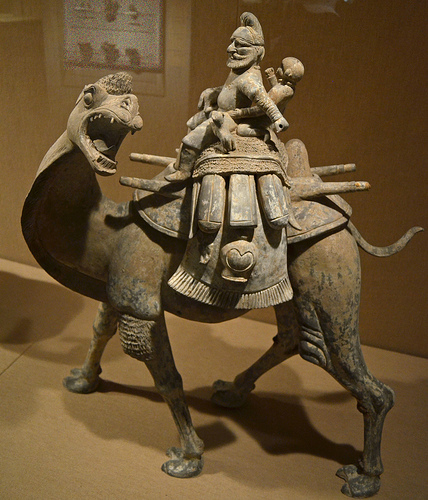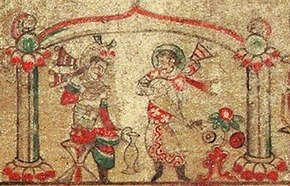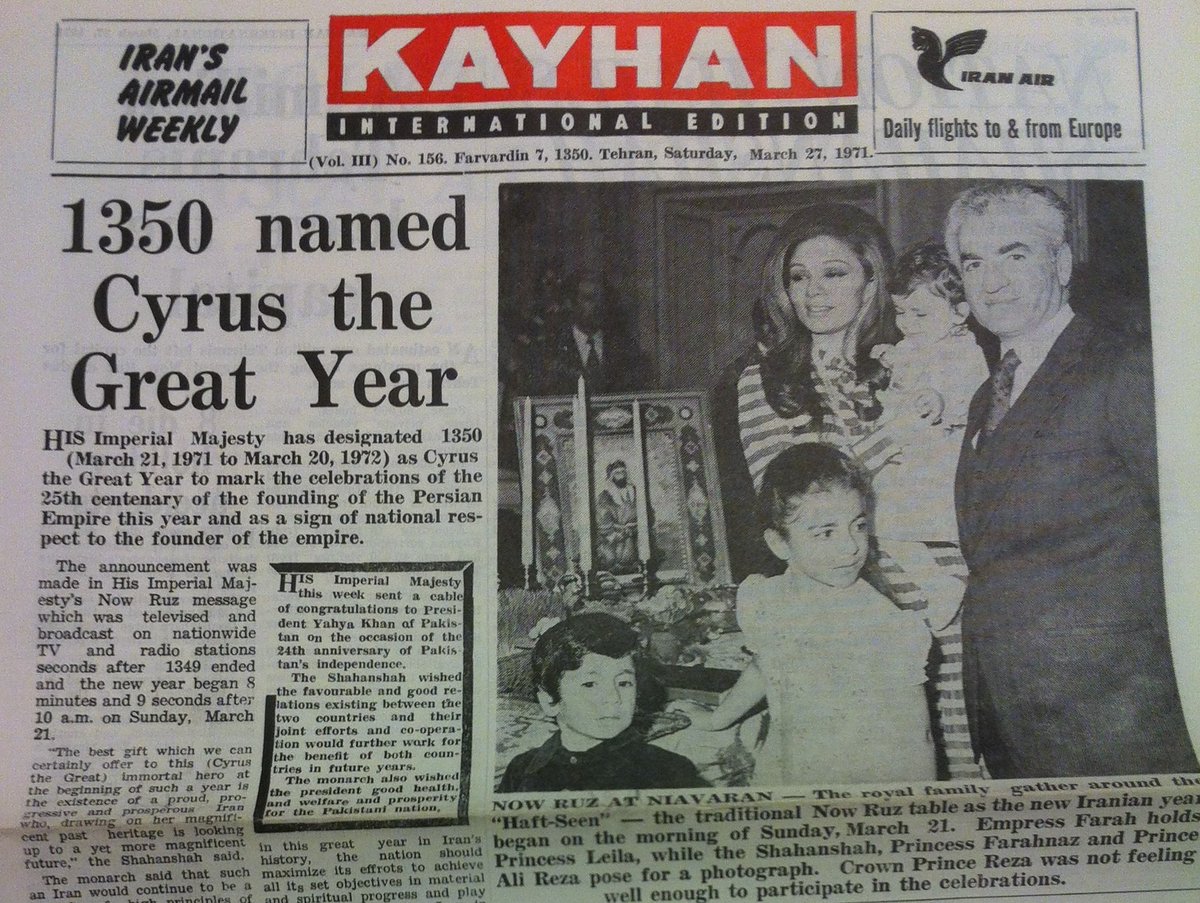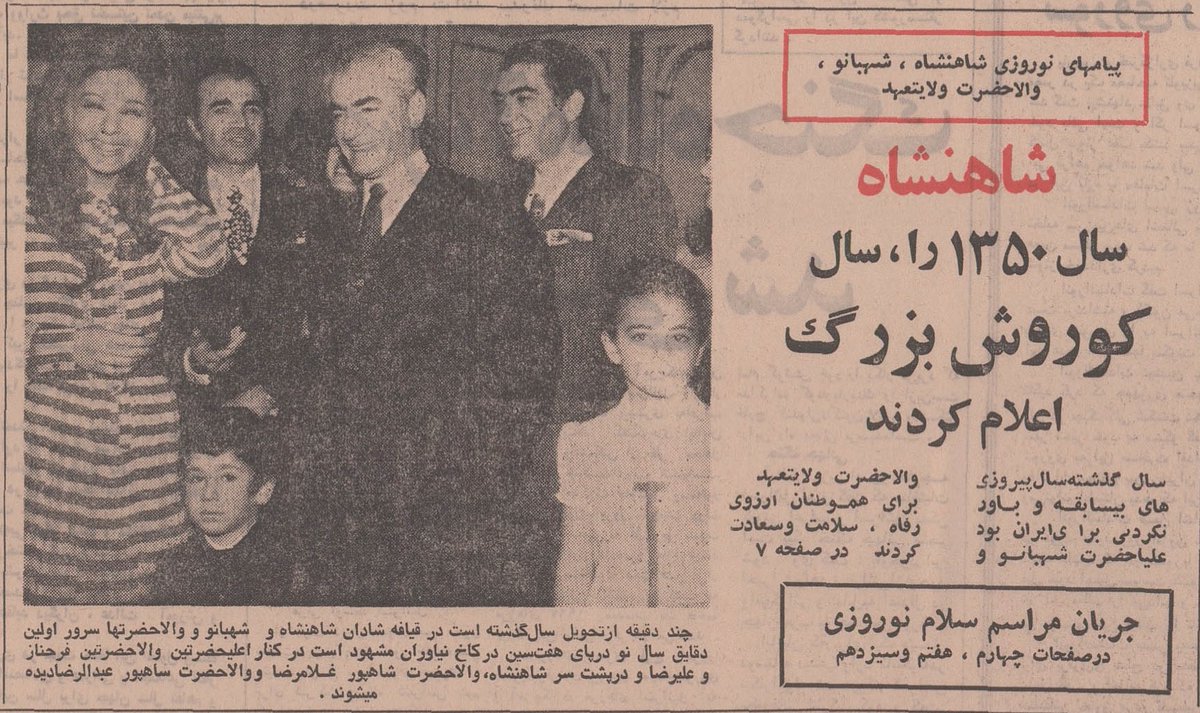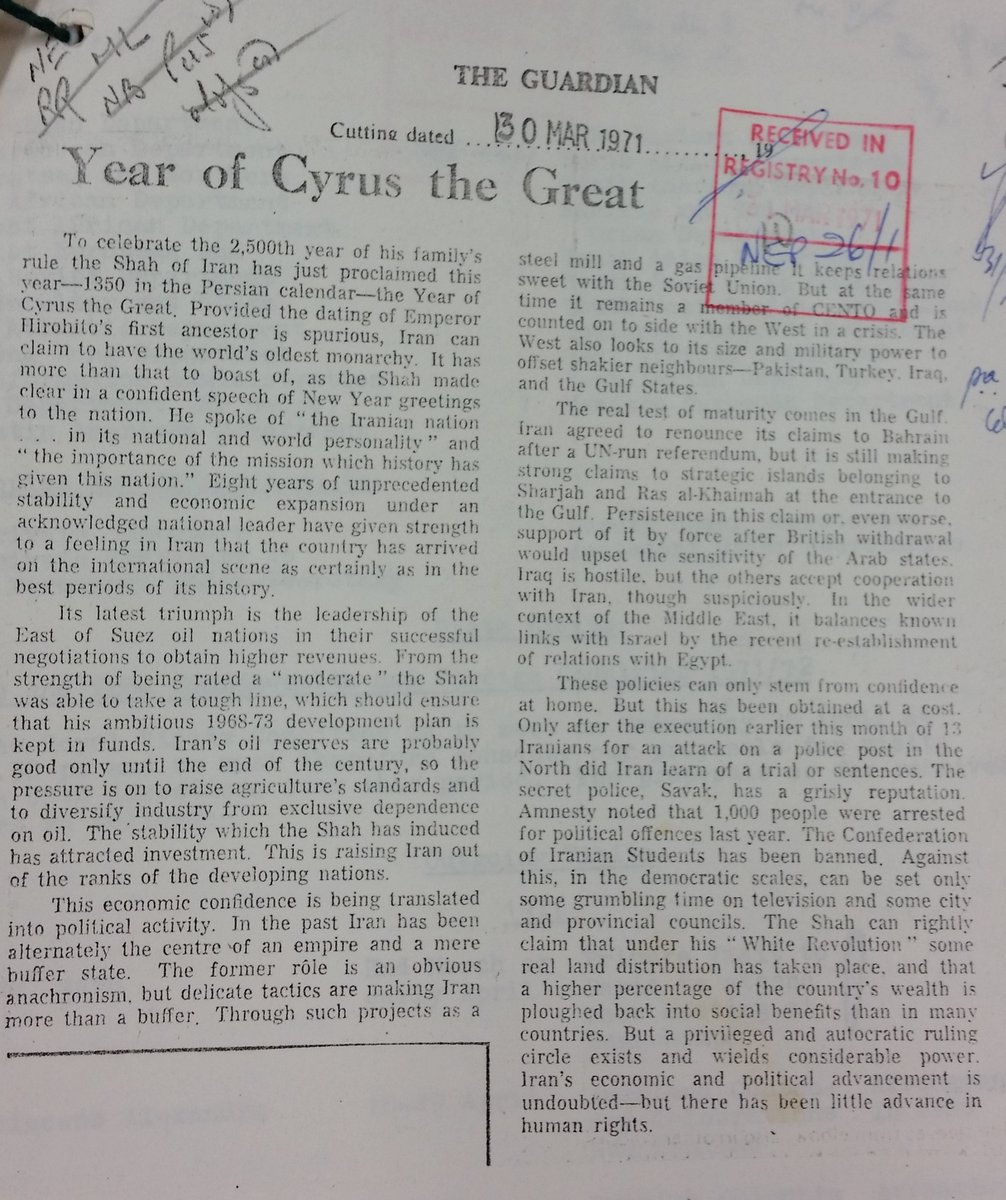
Between the 5th and 13th century, there were a number of Chinese families of Iranian descent surnamed Li who left their mark on history. Let's begin with two famous siblings: Li Xun and Li Shunxian, a brother and sister who were both accomplished poets, and more. 1/
#iranchina
#iranchina

2/ Li Xun (~855-930 CE) was a Chinese poet of Persian descent, and an accomplished physician. Exact details of his early life are not known, but his surname marked him by his ethnic background. Li (李) was a royal surname associated with the founders of the Tang dynasty... 

3/ by adopting this royal surname, Persians found an effective way of integrating into Chinese society. Li's family emigrated from Persia around 880, settling in Chengdu, where Li built up a literary reputation despite being a non-native speaker. This was not to last, however... 

4/ ...as Li's ethnic background made him a target for ridicule from other poets. One poet, Yin E, wrote a poem ridiculing Li that read as follows:
'Foreigners can never be other than creatures of nature. Persian Li Xun laboriously studies literary
composition...
(cont. next)
'Foreigners can never be other than creatures of nature. Persian Li Xun laboriously studies literary
composition...
(cont. next)
5/ But even if he can break off the laurel of Eastern Hall (i.e. pass the imperial examinations),
it will not be fragrant because it will be tainted by body
armpit odour (using its homophone, "barbarian odor")."
Li's literary reputation was destroyed by this incident, and he...
it will not be fragrant because it will be tainted by body
armpit odour (using its homophone, "barbarian odor")."
Li's literary reputation was destroyed by this incident, and he...
6/ ...began to pursue alchemy and medicine instead. Li's poems revealed a deep love of the beauty and landscape of the south, and he came to compile a book of medicinal knowledge called the "Haiyang Bencao" (海药本草), "Overseas Pharmacoepedia". It catalogues herbal medicines... 

7/ ...associated with southern, overseas, and western foreign lands. This catalogue is still read by Chinese medicine practitioners today. (img: modern edition).
Despite his loss of face during his life, Li Xun's poems were preserved and appreciated by later generations.
Despite his loss of face during his life, Li Xun's poems were preserved and appreciated by later generations.

8/ Li had a sister, Li Shunxian, who was an accomplished poet in her own right, as well as a dancer renowned for her "foreign beauty". Her talents brought her to the attention to Former Shu Emperor Wang Yan, who made her his concubine in the early 900s CE. She quickly became... 

9/ his favorite companion, known for her quick wit and spontaneous compositions. She wrote most of her poems in his harem, although sadly only three are preserved today, they are still widely read. In her time, she was famed for being a non-Chinese woman accomplished in poetry. 

10/ Tragically, Li Shunxian's life was cut short while she was still in her 20s, after a turn of political fortunes led to her and other members of the Former Shu imperial family to be massacred by Emperor Li Zhuangzong of the Later Tang, pictured below. 

11/ The Li siblings reflect the diverse nature of medieval China. In his medical book, Li remarked that "There are many Brahmins (Indians), Persians, and Kunlun (black African or SE Asian) ships in the river...they are loaded with fragrances, jewelry, and piles like mountains." 

12/ But while this was the case for some elite Iranians, it was not the case for the average Persian (or Arab, who was often lumped together). Next, we will look at:
Persian (and Arab) slavery in China
and
Persian (and Arab) merchant communities in southern China.
-B. F
Persian (and Arab) slavery in China
and
Persian (and Arab) merchant communities in southern China.
-B. F
For more on Li Xun, I recommend:
Chen Ming's "The Transmission of Foreign Medicine via the Silk Roads in Medieval China: A Case Study of Haiyao Bencao." in Asian Medicine 3 (2007), 241-264
which is the source of the poem and much of the information on Li Xun above.
Chen Ming's "The Transmission of Foreign Medicine via the Silk Roads in Medieval China: A Case Study of Haiyao Bencao." in Asian Medicine 3 (2007), 241-264
which is the source of the poem and much of the information on Li Xun above.
Just a quick edit! It's important to be careful with words: when I say "elite Iranians" at the end, I should say "Chinese-Iranians" (both immigrants and born in China), as they are necessarily those of Persian background who have at least outwardly adopted Chinese culture.
• • •
Missing some Tweet in this thread? You can try to
force a refresh





